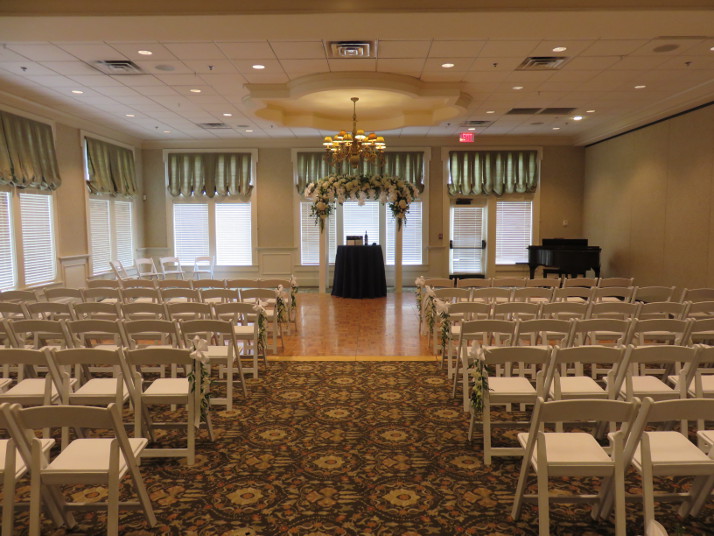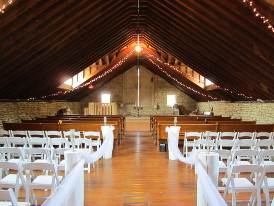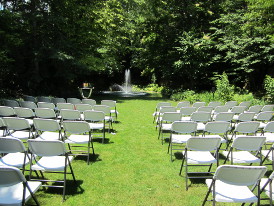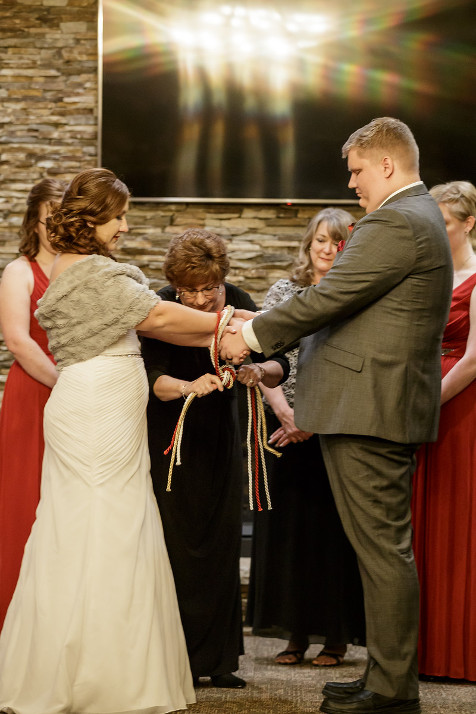Modern Ceremony Helpers, Leaving Tradition Behind
Modern ceremony helpers provide great support for you on your wedding day. Last week I wrote about how couples are selecting modern wedding parties to surround themselves with the important people in their lives on their wedding day. Today we look at leaving tradition behind with regard to your ceremony helpers to achieve that same goal.
There are many opportunities to include family and close friends in your wedding ceremony, and you have even greater flexibility when you choose to leave tradition behind as you choose those modern ceremony helpers. Ushers are a great place to start. Ushers may escort guests to their seats, distribute ceremony programs, provide directions to restrooms, parking, and the ceremony space. Ushers were traditionally male relatives or friends of the groom. Today this role can be filled with friends or relatives of yours or your partner’s and can be any gender. Some couples use the terms “host and hostess”, or “greeters” for these helpers to be more inclusive. Select outgoing people who will be comfortable greeting and assisting your guests and making them feel welcome at your ceremony.
Traditionally an usher has served as the escort for your parents during the processional, but it doesn’t have to be that way. Having the groom escort his parents into the ceremony space is becoming more common as a way to give him a moment comparable to the bride’s entrance. I’ve also seen the bride’s parents enter together, with the dad seating his wife and then returning to the back to escort the bride at the end of the processional. Sometimes parents enter together at the beginning of the processional with you and your partner entering as a couple at the end. Another option is to select a close relative to escort parents – someone they are close to and want to share this special moment with.
There is one more twist on modern ceremony helpers that needs to be mentioned – flower grandmas. This trend has your grandmas replacing traditional flower girls, spreading flower petals as they enter before taking their seats for the ceremony. Especially if there aren’t grandpas present to escort these ladies, it can be a special way to include these important women in your wedding day.
You can be creative in selecting your modern ceremony helpers. Don’t feel constrained by tradition, but rather focus on who you want to have near you and supporting you on your wedding day.




